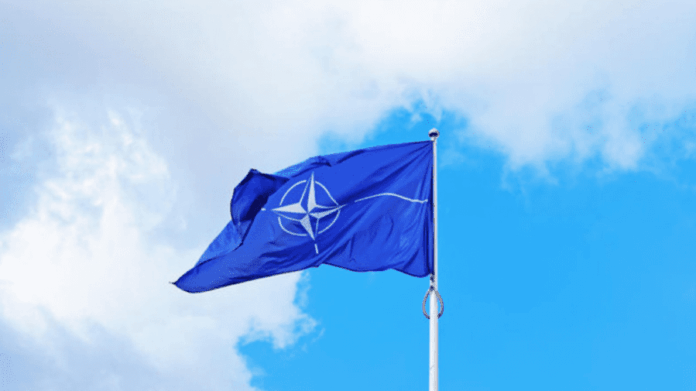Article 4 of the NATO Treaty allows a member state to request consultations when it considers that Russia or any other threat endangers its independence, territorial integrity, or security. Article 5 establishes the principle that an armed attack against one member state counts as an attack against all. NATO invoked Article 5 only once in history, after the terrorist attacks on September 11, 2001, in the United States.
Three years ago, when a missile from the east hit a tractor in the Polish village of Przewodow, located seven kilometersfrom the Ukrainian border, and killed two Polish citizens, observers around the world debated for hours the possibility of war between NATO and Russia. Meduza reported that NATO initially announced through an anonymous Pentagon representative that the missile, which landed in Poland, a member state, originated from a Russian salvo targeting Ukraine’s energy infrastructure. After a few hours, officials clarified that Ukraine’s S-300 air defense system had launched the missile, although Kyiv continues to deny this.
Discussion about possible escalation between NATO and Russia resurfaced after recent Russian drones violated Polish airspace on the night of September 10, 2025. The Polish army shot down some drones, while at least one caused material damage. Poland requested that NATO activate Article 4.
NATO triggers two main procedures in case of an intentional or accidental Russian attack on Alliance territory. The softer response follows Article 4, which Polish authorities intended to invoke. The harder version follows Article 5.
Under Article 4, any NATO state that perceives a real threat to its independence, territorial integrity, or security can convene consultations with the entire Alliance. The article does not specify the decisions resulting from these consultations, so member states may act differently in each case.
“The Parties will always consult one another whenever, in the opinion of any of them, the territorial integrity, political independence, or security of any of the Parties is threatened.”
Poland invoked Article 4 in 2014 in response to Russia’s occupation of Crimea. Shortly after, NATO suspended military and civil contacts with Russia. In 2022, after Russia’s large-scale invasion of Ukraine, the Baltic states requested consultations.
NATO can take similar decisions without activating Article 4, but formally convening member states signals that the requesting country perceives a significant threat to its security.
NATO activated Article 5 only once — after the September 11, 2001, terrorist attacks on the World Trade Center and Pentagon. The United States requested activation the next day. Even then, NATO limited itself to agreeing that collective defense measures would apply only if the attack came from outside the U.S. After confirming external involvement on October 4, 2001, NATO developed a list of collective protection measures (Operation Eagle Assist). Alliance members sent reconnaissance aircraft to protect the U.S., strengthened the defense of U.S. targets on their territories, and deployed joint naval forces in the Mediterranean.
The long-term war against terrorism, including NATO and allies’ invasion of Afghanistan to eliminate Al-Qaeda leaders, began without formally using NATO Treaty mechanisms.
NATO’s caution in applying Article 5 appears in other cases. During the Algerian War for independence from France, NATO did not support French troops because no external aggressor existed. NATO also did not intervene in the 1974 conflict between Turkey and Greece in Cyprus, despite armed confrontations.
The New York Times reported that before activating Article 5, a NATO country must request consultations under Article 4. However, the North Atlantic Treaty does not require this. In the only case when NATO activated Article 5, the U.S. requested direct support under this article. Therefore, Article 4 consultations do not automatically trigger Article 5. They signal that the requesting state seeks limited Alliance involvement.
Experts have long worried that the treaty does not clearly define when to apply Articles 4 or 5. After 2014, analysts proposed that aggression against any European state, even a non-member, should count as a threat to NATO, giving the alliance grounds to provide military assistance.
Even though NATO does not consider the recent Russian drone incursion into Polish airspace an “attack” under Article 5, the article retains significance. Any state considering attacking a NATO member must account for a possible collective response.
“Our air defense has been activated and successfully ensured the protection of NATO territory, as designed. The Supreme Allied Commander will continue to manage our deterrence and defense posture along the entire eastern flank. Allies are determined to defend every inch of Allied territory. We will closely monitor the situation along our eastern flank, with our air defenses permanently ready. It only emphasizes the importance of NATO and the direction agreed by Allies at our Hague Summit earlier this year. We must invest more in our defense, increase military equipment production to have what is necessary for deterrence and defense,” emphasized current NATO Secretary General Mark Rutte.



